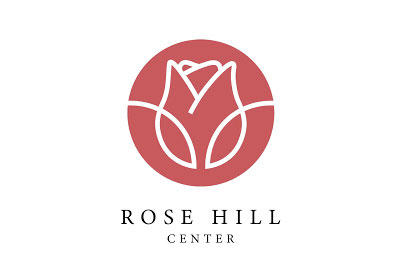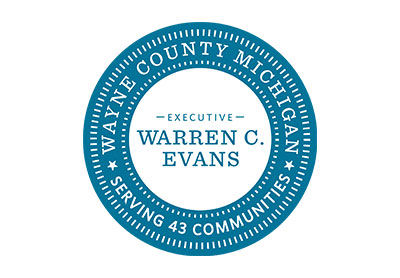When I think of Barbie, I think of childhood. In fact, I can actually see myself sitting in my basement amongst the dream house, the convertible, the closet, and of course, the dolls. Hundreds and hundreds of dolls.
I think of dressing them in everything from overalls to evening gowns, with shoes and accessories to match. I think of the scenarios I imagined, like bowling tournaments, fancy weddings and family trips to beach house. Ultimately, I think of the hours upon hours I spent as a “Barbie girl,” in large part because there were always dolls that, despite their unrealistic proportions, kind of, sort of, if you squinted your eyes just right, could look like me. There were dolls I could identify with. At any store, shelves were stocked with Caucasian dolls that had long, straight brown hair and blue eyes. But those with red hair, short hair or curly hair didn’t always have the same luxury. Those who were shorter, taller, light-skinned and dark-skinned couldn’t always find a doll that matched their appearance. Until now, that is.
When the original Barbie was released in 1959, she faced quite a bit of criticism. Many believed she was too skinny, too tall, too beautiful, too perfect. To put it simply, many millions of people believed she promoted an unrealistic body image. That she just couldn’t appeal to every young girl. And for a brand that aims to do just that, this was an issue.
As time went on, the brand starting listening to consumers, and in 1997, they took the first step to make Barbie more, well, real. That year, they redesigned her body mold—giving her a wider, more realistic waist size. And every now and then, small tweaks were made in effort to make her meet more expectations, but none compare to those that have happened in the past year. Starting in 2015, the brand began evolving in ways that, for many, seem long overdue. For many more, they seem exciting.
For the brand itself, it’s a risk. According to TIME, the brand does $1 billion in sales across more than 150 countries every year, and 92 percent of American girls ages 3 to 12 have owned a Barbie. But because sales plummeted 20 percent from 2012 to 2014 and continued to fall last year, “business as usual” was no longer an option.
When asked about the evolution, Evelyn Mazzocco, head of the Barbie brand, told TIME, “Yes, some people will say we are late to the game, but changes at a huge corporation take time.”
What noteworthy changes have they been able to make so far? Let’s take a look.
January 2015 – Barbie proudly adds more overall diversity.
At the beginning of the New Year, Barbie began rolling out their latest dolls, but there was something noticeably different about them. To help every girl feel like they could truly be a “Barbie girl,” these 23 new dolls represented eight different skin tones, 14 facial structures, 22 hairstyles, 23 hair colors and 18 eye colors. What’s more, these dolls also had moveable ankles, which meant Barbie no longer had to wear high heels during each day of her fashionable life. (Now that’s realistic.)
October 2015 – Barbie challenges the doll’s previous career paths.
Barbie had always been a doll of many talents. When she first-graced department store shelves in 1959, she was a teenage fashion model. In 1984, she was an aerobics instructor. As the years passed on, she continued to change career paths, going from a business executive in a hot pink suit to ballerina in a light pink tutu. But in October 2015, Barbie announced the launch of even more potential career paths. To do so, they showed elementary age girls brimming with confidence: leading lectures, doctoring animals and celebrating new business at an airport terminal. The brand told parents their children were free to imagine they could be absolutely anything they wanted when they grew up. And that Barbie could help them dream that big.
January 2016 – Barbie comes in all shapes and sizes.
Starting 2016 off with a bang, Barbie announced their dolls would now come in three, very distinct and very different body types. Releasing over time throughout the year, dolls with all of the newly-added skin tones, facial structures, hair colors, hairstyles, and eye colors will come in curvy, tall, petite and original. The idea in itself shows the dolls have come far from what they once were. In the video announcing the launch of the new dolls, a young girl matter-of-factly states, “It’s important for Barbies to look different. You know. Like the real people in the world.” Robert Best, senior director of product design, proudly weighs in, saying, “This is radical, because we’re saying there isn’t a narrow standard of what a beautiful body looks like.”
According to Barbie, this is just the beginning.
“This is what our future looks like, because this is what the world looks like,” Best said.
And when it comes to the latest changes to the infamous Barbie doll, a lot of the audience seems to be on board. Many took to Twitter, sharing their thoughts on the brand’s evolution.
Absolutely LOVE what #Barbie have done! Making young girls understand that you're still beautiful even if you're not white, blonde & skinny!
— Laura Willy (@laurawilliams65) January 28, 2016
There's a short Barbie. A SHORT BARBIE! Buying it. BUYING IT!
— Alex Lemon (@Lemonosity) January 28, 2016
But how cool is it that children can now see so much diversity in the Barbie doll aisle?! I would have loved that when I was a young girl.
— Maria Vicente (@MsMariaVicente) January 28, 2016
Pretty interested in curvy #Barbie with blue hair. The closest a doll has gotten to representing me. #dyedhair #nostalgia
— Abigail M. (@liagiba_m) January 28, 2016
Great move by #Barbie to show more realistic versions of women in society. Another awesome way to encourage women empowerment & self-worth.
— Hayley Baldzicki (@hayleybaldzicki) January 28, 2016
What’s next for the brand? It looks like we’ll have to wait and see.
To see even more examples of brand evolution, check out our portfolio.























